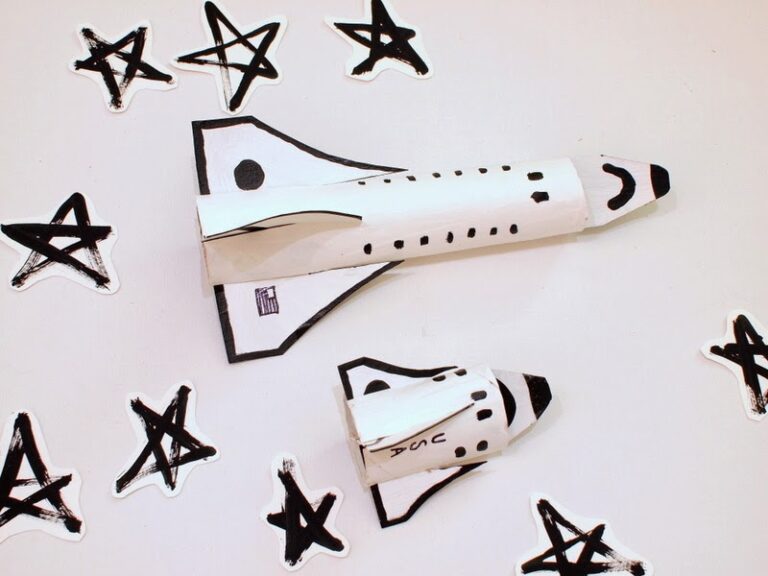Anúncios
The proliferation of the Aedes aegypti mosquito, which transmits diseases such as Dengue, Zika and Chikungunya, is a recurring public health problem. In view of this, a simple and low-cost solution has gained popularity: the PET Trap. Made from reused plastic bottles, this technique helps to reduce the mosquito population, offering an effective way to interrupt its reproduction cycle.
With the increasing incidence of these diseases, learning how to build a PET Trap can be an essential preventative measure to protect your family and community. In addition, the simplicity of the process and the availability of the necessary materials make this strategy accessible to everyone.

How the PET Trap Works
The PET trap is an effective, homemade solution for controlling the Aedes aegypti population, using basic principles of biology and recycling. The mosquito, in search of places with clean water to lay its eggs, finds the trap attractive, but its larvae remain trapped, preventing the development of adult mosquitoes.
The life cycle of the Dengue mosquito lasts between 30 and 35 days, and during this period, a single female can lay up to 600 eggs, divided into several clutches. The mosquito's ability to fly up to three kilometers in search of a suitable place to lay its eggs makes control even more challenging. This is where the PET Trap comes in, offering an ideal place for the mosquito to reproduce, but without the possibility for the larvae to complete their development.
Materials Needed to Make the PET Trap
Making a pet trap is easy and requires only a few common materials that can be found in any home or purchased inexpensively. To make your own trap, you will need:
- A 2 liter PET bottle.
- Scissors.
- Wood sandpaper #180.
- Duct tape or electrical tape.
- A piece of fine fabric, such as micro tulle or netting.
- A little rice, birdseed or crushed feed, which will serve as food for the larvae.
With these items in hand, you will be ready to assemble your PET Trap and help fight the Dengue mosquito.
Setting up the PET Trap
The PET Trap assembly process is simple and can be done quickly by following a few basic steps. Below are detailed instructions to ensure your trap works properly:
- Cut the PET bottle in half, creating two parts. The mouth part should be smaller, forming a funnel that will be placed upside down in the other half of the bottle.
- Remove the bottle cap and sealing ring. Save the ring, as you will use it to secure the fabric to the neck.
- Place the piece of fabric over the neck and secure it with the ring. The fabric should be thin enough that the larvae cannot get through it.
- Sand the inside of the bottle funnel well. This increases the area for water to evaporate, making it easier to attract mosquitoes.
- Place the chosen food (rice, birdseed or crushed feed) in the bottom of the bottle. This will generate bacteria that will serve as food for the larvae.
- Fit the neck part facing down into the bottom of the bottle and secure the two parts with adhesive or insulating tape.
- Fill the bottle with dechlorinated water, a few inches above the neck. If you don't have dechlorinated water, simply let tap water sit for two days before using it.
Where to Place the PET Trap
To ensure the effectiveness of the PET trap, it is important to choose the right places to position it. Choose shaded and cool areas, where there is less direct sunlight, as mosquitoes tend to seek out these environments to reproduce. The trap can be placed in backyards, gardens, balconies or even inside the house, close to mosquito entry points.
Monitor the amount of water in the trap, topping up as necessary, and check for larvae. It is best to perform this maintenance regularly to ensure that the trap continues to work and attract mosquitoes.
Identifying Aedes aegypti Larvae
A simple way to check whether the larvae in the trap are dengue mosquitoes is to use a flashlight. When you shine a light into the water, if the larvae run away from the light (a behavior called negative phototaxis), they are probably Aedes aegypti larvae. This quick and easy method allows you to be sure that the trap is doing its job.
To eliminate the larvae, simply pour the water with the larvae on the ground, which stops their development. At the beginning of their life cycle, the larvae are extremely sensitive, and this simple action prevents them from transforming into adult mosquitoes.
The Efficiency of the PET Trap
Despite its simplicity, the PET Trap is an effective tool in combating the proliferation of Aedes aegypti. It does not replace other control measures, such as eliminating stagnant water and keeping containers covered, but it works as an important complement in the fight against Dengue, Zika and Chikungunya.
The use of this trap is particularly important in areas where there is a higher incidence of cases of these diseases, helping to control the mosquito population in a sustainable and ecologically responsible way.
The PET trap is a practical, inexpensive and efficient solution for combating the Dengue mosquito. Using recyclable and accessible materials, anyone can help reduce the mosquito population in their community. With a few PET bottles, some food and dechlorinated water, you can build this simple trap and protect your home and neighborhood from diseases transmitted by Aedes aegypti.
Check out other interesting facts about recycling clicking here.
Learn how to make art by recycling, Click here.




